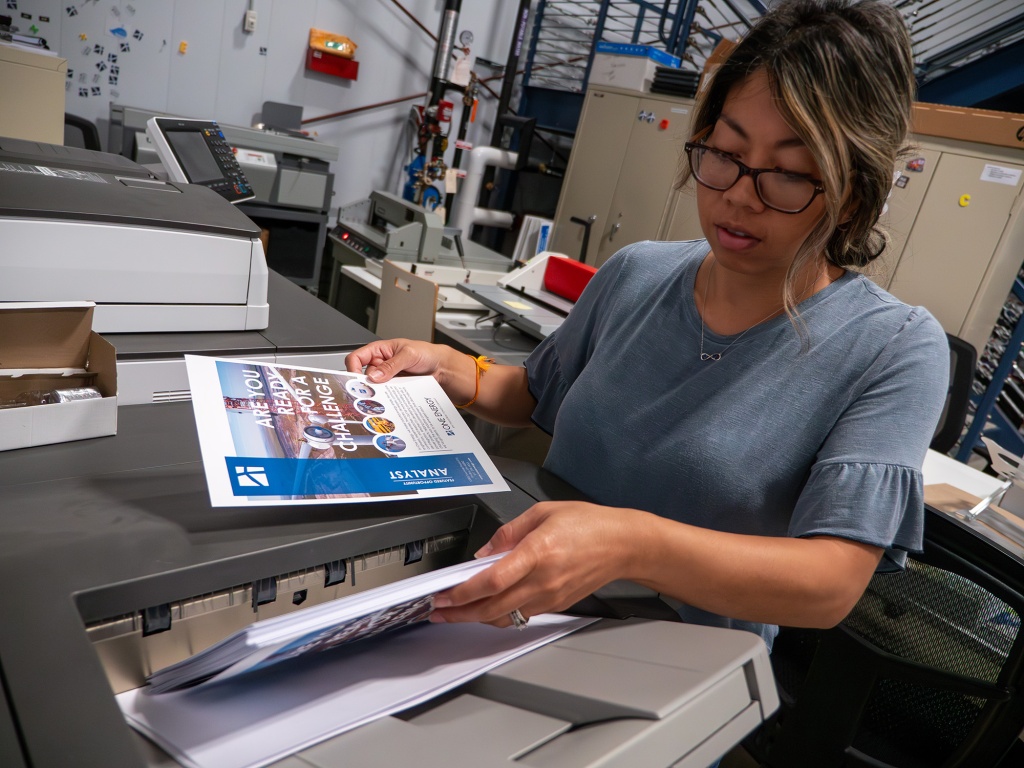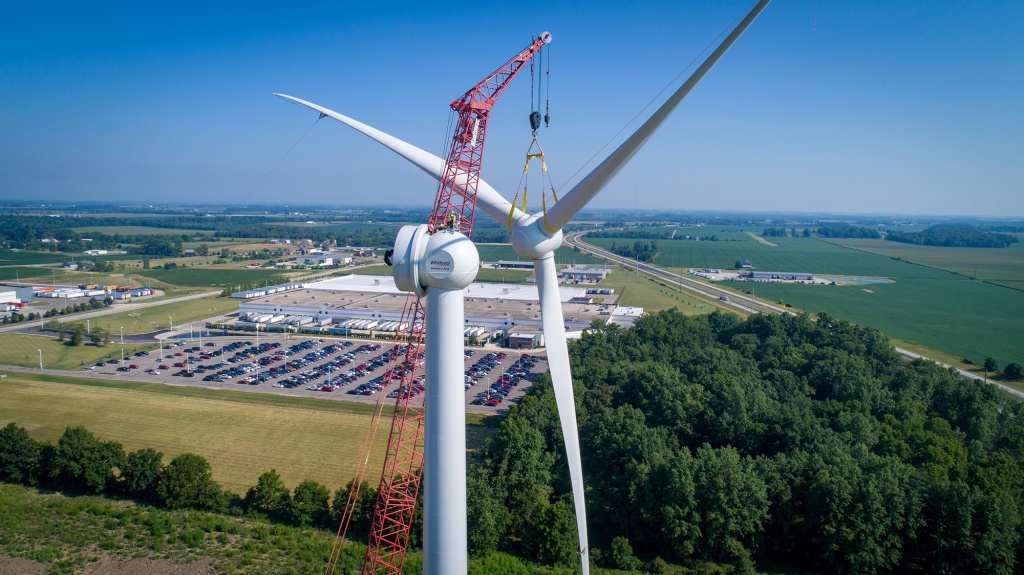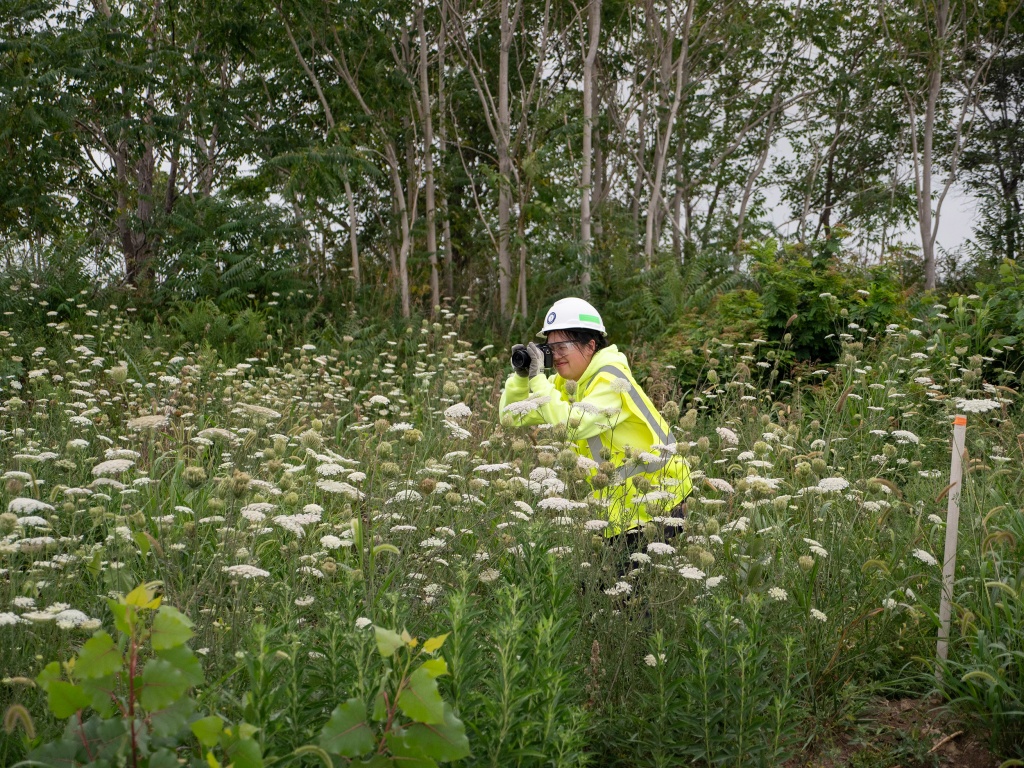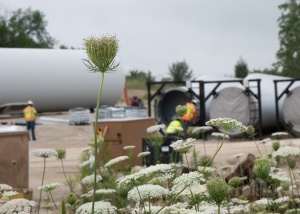ONE POWER FEED

SUBSCRIBE
CONNECT WITH US
News Filters

One Energy Enterprises Inc. today announced that its first Megawatt Hub, in Findlay, Ohio (“Findlay Megawatt Hub”), has begun commercial operations.
Read the full press release here.
One Energy Enterprises Inc. today announced that the first fully digital, plug-and-play, transmission-voltage substation in the United States at One Energy’s Findlay headquarters, has completed energization and testing and begun commercial operation.
Read the full press release here.



Read the full article here.


Bloomberg’s Kiel Porter details One Energy’s SPAC merger with TortoiseEcofin Acquisition Corp. III.
“The company [One Energy], the largest installer of on-site, utility-scale wind energy in the U.S. for industrial and commercial customers, will merge with TortoiseEcofin Acquisition Corp. III to create One Power Co., listing on the New York Stock Exchange under the symbol ONEP.”
Read the full article here.












